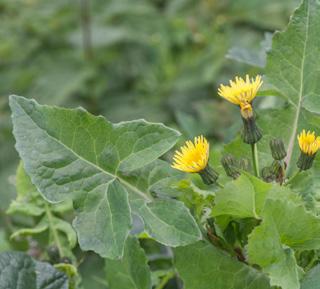
1 minute read
Kai for thought Pūhā/Pūwhā (sow thistle)
from Segment magazine 2
Kai (food) has a special role in connecting people and bridging cultures in Aotearoa New Zealand. Many plants and kaimoana (seafood) we enjoy today have been staples in the Māori diet for hundreds of years. Māori innovation and Mātauranga Māori (Māori knowledge) have guided the cultivation and harvest of culturally significant foods for generations.
Pūhā/Pūwhā (sow thistle)
Advertisement
Pūhā/Pūwhā is a staple green vegetable still eaten today by Māori. It is a small leafy plant with thistle-like leaves and milky juice. They are often used in a boil-up with any available meat, such as bacon bones, fish heads and tītī (mutton birds). When eaten raw, the stem and leaves have a bitter taste. The bitterness can be reduced by rubbing the pūhā plants together under running water.
USE: Pūhā had a wide traditional variety of uses, including to restore a patient to health after childbirth, to treat stomach complaints, and to purify blood. The milky sap can be mixed with tarata (lemonwood) gum and used as a chewing gum to get rid of bad breath.
NUTRITIONAL VALUE: This plant contains nutrients good for health including B vitamins (folate and niacin), provitamin A carotenoids and vitamin K. These nutrients are important for blood formation and the circulatory system as well as for reducing tiredness and fatigue.
For more on the nutrient content of these foods and over 2,700 commonly prepared and eaten foods in New Zealand, visit the New Zealand Food Composition Database at foodcomposition.co.nz. To learn more about Māori traditional and contemporary interests in plant and kaimoana, check out some of the Māori organisations Plant & Food Research has supported in these areas: Wakatū, Tuaropaki and Ngati Porou Miere.










